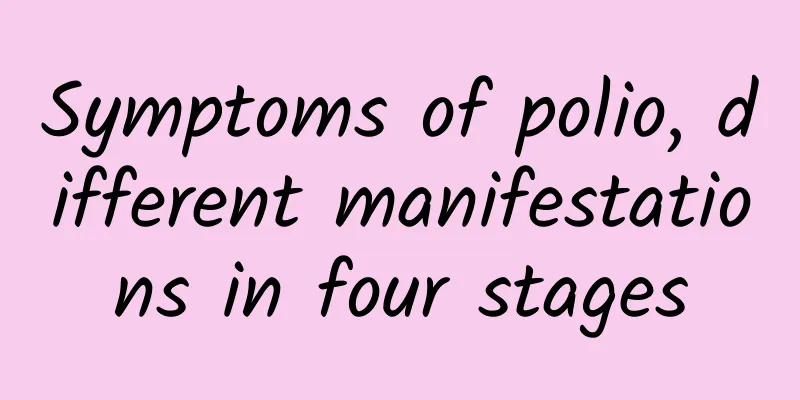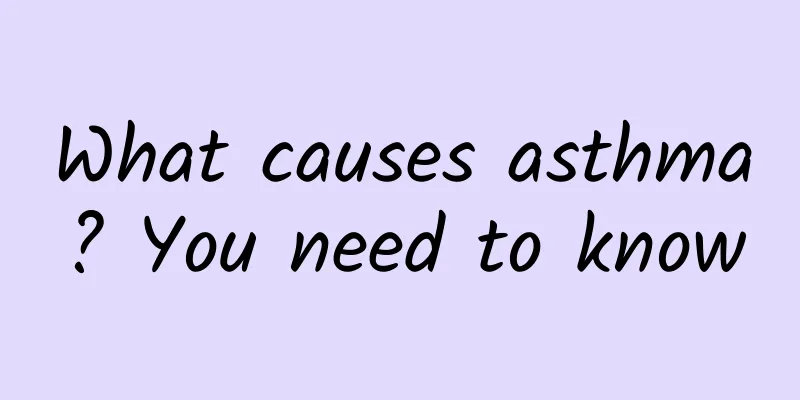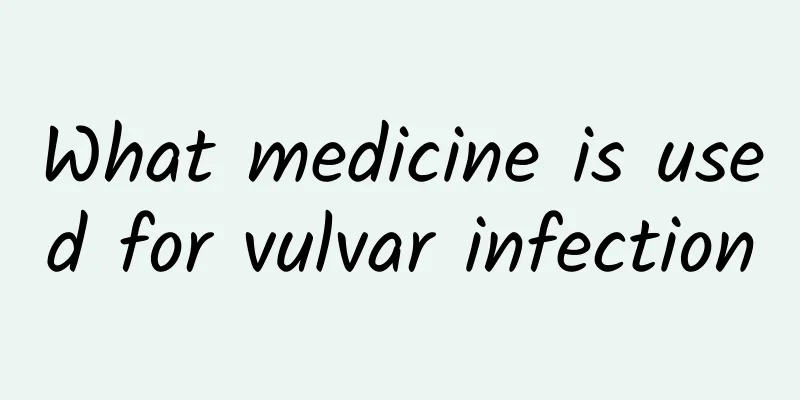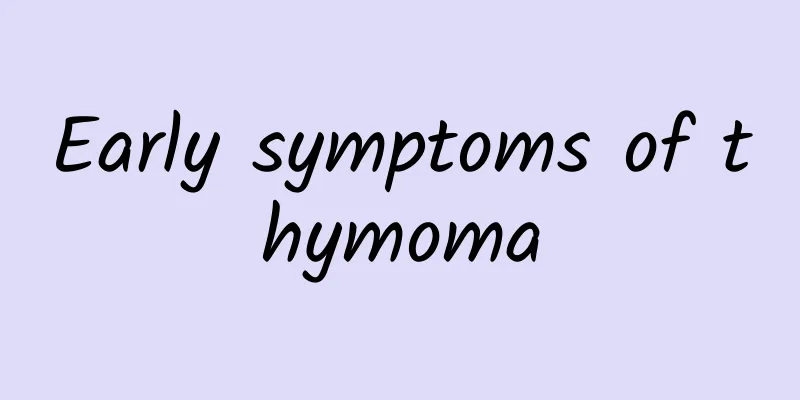Causes and clinical manifestations of respiratory muscle paralysis.
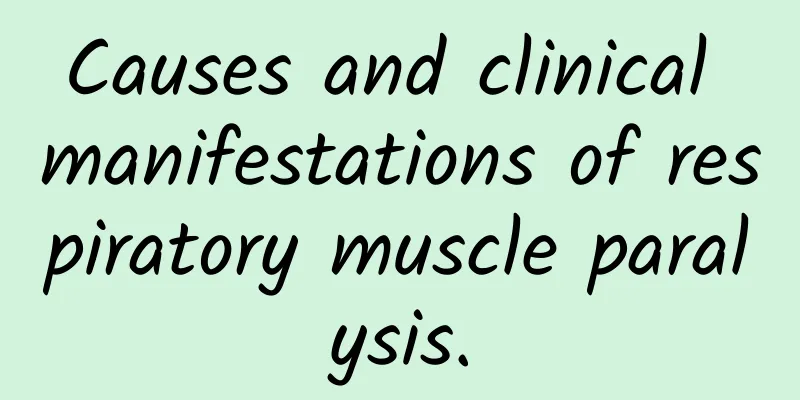
|
Respiratory muscle paralysis is a clinical syndrome in which various diseases affect the respiratory muscles or the spinal cord, peripheral nerves, and neuromuscular junctions that control the respiratory muscles, causing respiratory muscle weakness or loss, leading to ventilation dysfunction, hypoxia and carbon dioxide retention, and even respiratory failure. It is one of the common critical illnesses in neurology. [Cause] Under normal calm state, inhalation is an active movement completed by the contraction of the diaphragm and external intercostal muscles, while exhalation is a passive movement that mainly relies on the elastic recoil of the lungs and thorax. The diaphragm and intercostal muscles, which are the main respiratory muscles, are innervated by the phrenic nerve from the anterior horns of the cervical spinal cord 3 to 5 and the intercostal nerves from the anterior horns of the thoracic spinal cord 1 to 12, respectively. Therefore, various diseases involving the following parts can cause respiratory muscle paralysis. 1. Spinal cord diseases are seen in acute transverse myelitis of the high cervical segment, spinal cord trauma, spinal cord vascular disease, motor neuron disease, poliomyelitis, etc. 2. Peripheral nerve diseases are seen in Guillain-Barrè syndrome, etc. 3. Neuromuscular junction diseases are seen in myasthenia gravis, Lambert-Eaton myasthenic syndrome, botulism, etc. 4. Skeletal muscle diseases are seen in various inflammatory and non-inflammatory myopathies, severe periodic paralysis, hypokalemic myopathy, etc. [Clinical manifestations] The prominent symptom is dyspnea, the speed of which is often related to the primary neuromuscular disease. For example, respiratory muscle paralysis may occur quickly in Guillainr-Barrè syndrome, while myopathy is more gradual. The patient feels difficulty breathing and chest tightness. When the respiratory muscles are not completely paralyzed, the respiratory rhythm is normal, but the frequency increases and the amplitude decreases, which is caused by the increased drive of the respiratory center. Involvement of the expiratory muscles may result in a weak cough and difficulty in expectorating sputum. When the intercostal muscles are not completely paralyzed, the chest movement is weakened; when the diaphragm is not completely paralyzed, abdominal breathing is weakened. In case of unilateral diaphragmatic paralysis, palpation may reveal that the movement of the abdomen is smaller than that of the healthy side. In case of bilateral diaphragmatic paralysis, it is difficult to detect due to the lack of physical examination to compare the two sides. Patients often sit and breathe. The characteristic feature is that when patients inhale, the chest and abdomen move outward synchronously, which is different from the normal situation. The chest moves outward and the abdomen moves inward. If the intercostal muscles and diaphragm are affected, the activity of the auxiliary respiratory muscles increases, resulting in strenuous breathing movements such as raising the head, extending the neck, and raising the shoulders. The symptoms vary greatly depending on the degree of hypoxia and carbon dioxide retention, and may include cyanosis of the lips, sweating, irritability or purple complexion, conjunctival congestion, and increased heart rate. Blood pressure rises in the early stage and decreases in the late stage, heart rhythm disorders, and even heart or peripheral circulatory failure may occur. Neuropsychiatric symptoms such as worsening headache in the morning, daytime sleepiness, easy awakening at night, hallucinations and abnormal behavior may also be seen, as well as manifestations of hypoxic-ischemic encephalopathy or carbon dioxide anesthesia. |
<<: Symptoms and professional treatment of oculomotor nerve palsy
>>: What causes numbness in hands and feet? How to prevent it?
Recommend
Can I use moxibustion if I have bone spurs on my knee?
Moxibustion has become a popular way to treat dis...
What medicine is most effective for facial paralysis?
I don’t know if you have noticed in life that the...
The symptoms of erysipelas are like this!
In many cases, the disease is caused by infection...
Causes of cough
Coughing is a common disease in daily life. It is...
What are the recipes and effects of Gastrodia elata wine?
Gastrodia elata is a very good medicinal material...
What causes nausea due to hunger?
People need to eat three meals a day, because thr...
Can epilepsy be cured?
In the past, when medical technology was not well...
How to treat hypoxic-ischemic encephalopathy in premature infants
Speaking of hypoxic-ischemic encephalopathy in pr...
What is rickets?
Rickets is actually a vitamin deficiency disease....
Infant emergency symptoms and care
Pediatric emergencies are extremely harmful and h...
Localized fibrosis of both lungs
Lung function is very important to us. There must...
Hematocrit
The phenomenon of hematocrit can help people unde...
What causes frontal sinusitis?
Common causes of frontal sinusitis include acute ...
What to do if you have anxiety disorder and migratory pain
There are many symptoms of anxiety disorder. Beca...
Can insulin help you lose weight?
Insulin generally does not help with weight loss....
